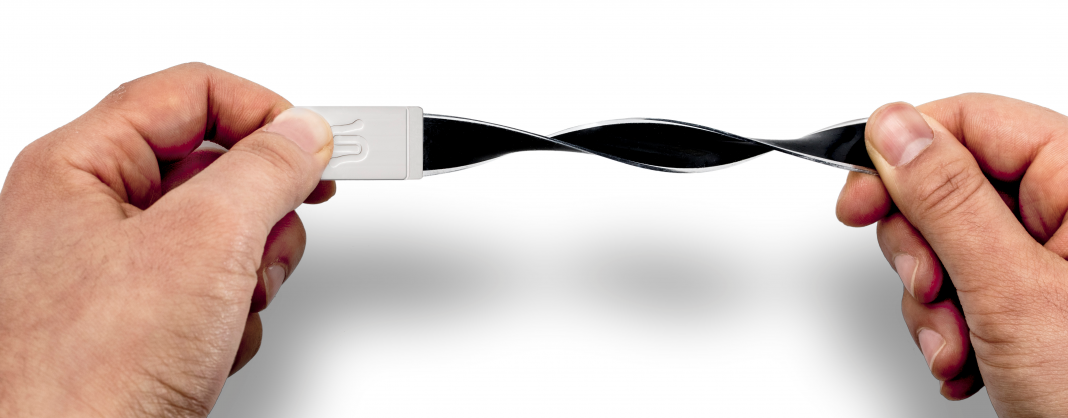We are happy to welcome StretchSense again as an exhibitor at the WT | Wearable Technologies Conference 2017 USA in San Francisco on July 25-26. It is amazing what happened since we last spoke with our former WT | Innovation World Cup finalist 2014/15. Ben O’Brien, CEO at StretchSense, gave us an update on their latest developments and future plans.
1) Can you shortly explain what StretchSense is about?
StretchSense aims to empower the next generation of wearable technology developers. We believe in the seamless integration of people and data to bridge the gap between human and virtual worlds.
2) What’s new at StretchSense? Do you have any cool new developments since we last spoke?
Our company is growing fast, we’ve moved into our third facility which is exciting. On the product side, we’ve launched an energy harvester. They’re still just testing the waters, but they’re out there, and people are buying them and trying out energy harvesting using body movement. Most of our development effort has gone into our new sensor technology; the new product is made using ultra tough and stretchy silicone which can be attached easily to fabric. Unlike our old sensors, these are intrinsically mass producible which is great for getting to lower price points for consumer/mass market applications. We’ve also continued to improve our circuitry and now have much more accurate and higher speed circuits than we’ve had in the past.
Regarding vision, I believe our primary mission is about empowering people. If you look at what’s happening with technology, with the constant advances in AI and robotics, people will start to be left behind unless they’re also empowered. By creating ultra precise, unobtrusive, self-powered sensor technology, StretchSense can enable people to interact in these new virtual environments. We hope people won’t be left behind by the march of technology, but they’ll be pushed forward by it.
3) What are your favorite trends happening in the wearables ecosystem at the moment?
I want to see applications where people become immersed in technology without knowing it’s there. ‘Wearable tech 3.0’ will be soft, stretchy, completely hidden and very use-case specific. I want to see a maturation of the industry; there’s been a lot of hype, so let’s see some results now. A lot of the first and second generation wearables were fairly obvious devices that just took existing technology and locations around the body – and made those devices smarter or more capable. What I think will be cool about the next generation of wearables is that companies will throw out these pre-conceived notions. Instead of ‘it has to be on the wrist, or it has to be on this part of the chest’ they will just make wearable technology that makes sense for a particular application.
4) What is your favorite wearable device?
I think the concept of a computer brain interface is essentially the ultimate disrupter in wearables. Most wearables are just about tracking things on or around the surface of the body and giving people data about themselves. But if you could hijack the body’s own data gathering systems, our nerves, and our senses, then it could be incredible what we could achieve. So that’s always my favourite, and it’s cool to hear about companies coming out of the woodwork to tackle that. Obviously, that’s a while off, and this technology only augments people’s ability to get the most out of their existing senses rather giving them additional sensory information – but that’s where we come in. So yeah, computer brain interfaces I think are the coolest thing. I wouldn’t try one until they were thoroughly tested, but I think that’s where the world is going and eventually, everyone will have them.
You are interested in this technology and would like to learn more? Then do not hesitate to sign up for the WT | Wearable Technologies Conference 2017 USA in San Francisco.












